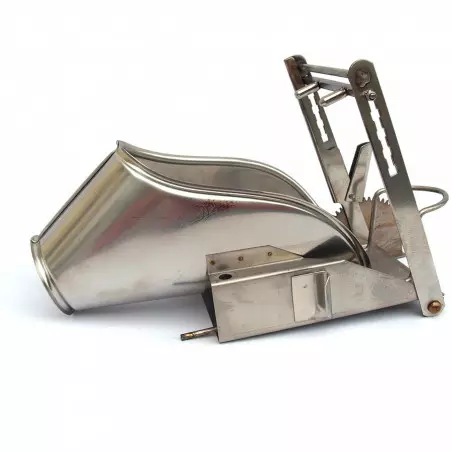This blinded prospective study investigated analgesic effects of intramuscular (IM) butorphanol, meloxicam or intratesticular (IT) lidocaine for castration of 7-14 days old piglets under isoflurane anaesthesia. 66 piglets were randomly injected with: meloxicam IM (0.4 mg/kg; group M), butorphanol IM (0.2 mg/kg; group B), or both (group BM) 20 minutes prior to castration, or lidocaine IT (4 mg/kg (group ML4) or 8 mg/kg (group ML8)) together with meloxicam IM (0.4 mg/kg) under anaesthesia with 1.8% end-tidal isoflurane. Heart rate, respiratory rate, mean arterial blood pressure and end-tidal carbon dioxide were recorded. Anaesthesia quality was scored and postoperative behaviour assessed. As butorphanol caused unacceptable side effects, its use was stopped.
In the present study, the additional use of IT lidocaine reduced pain-related defence movements during castration under inhalation anaesthesia from 65% to 17-18% independent of dose rate (4 mg/kg and 8 mg/kg) used. Group M showed worse anaesthesia quality than ML4 and ML8 (higher incidence of movements: 11/17, 3/18 and 4/17, respectively). There were no significant differences between groups regarding parameters measured during castration. Postoperative behaviour did not differ between groups.

The authors conclude, that for castration of 7-14 days old piglets under isoflurane anaesthesia and parenteral meloxicam, perioperative analgesia is optimised by additional application of IT lidocaine. For optimal results at least two minutes have to elapse between local anaesthesia application and castration. No toxic side effects were seen and it is concluded that lidocaine 8 mg/kg can be used safely in daily practice.
Hug PJ, Cap VH, Honegger J, Schüpbach-Regula G, Schwarz A, Bettschart-Wolfensberger R; Optimization of analgesia for piglet castration under isoflurane anaesthesia with parenteral butorphanol, meloxicam or intratesticular lidocaine; Schweiz Arch Tierheilkd. 2018 Jul;160(7-8):461-467. doi: 10.17236/sat00169.





